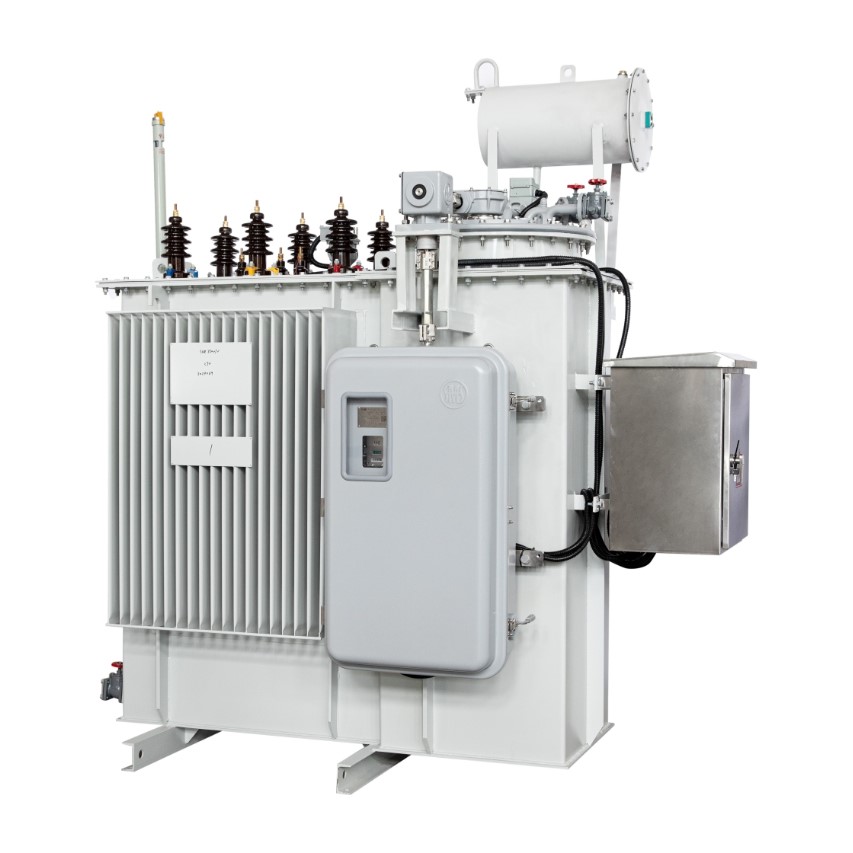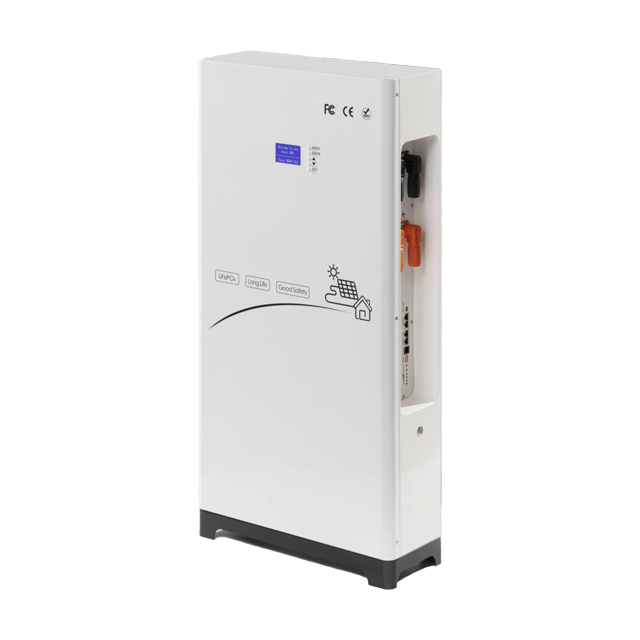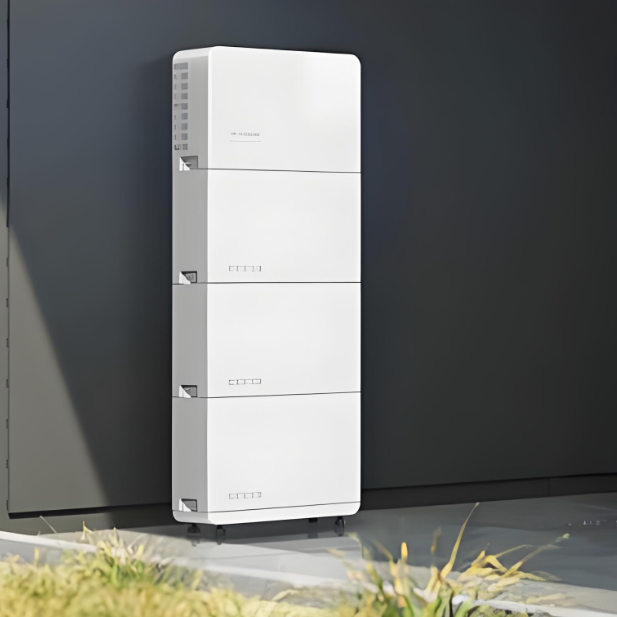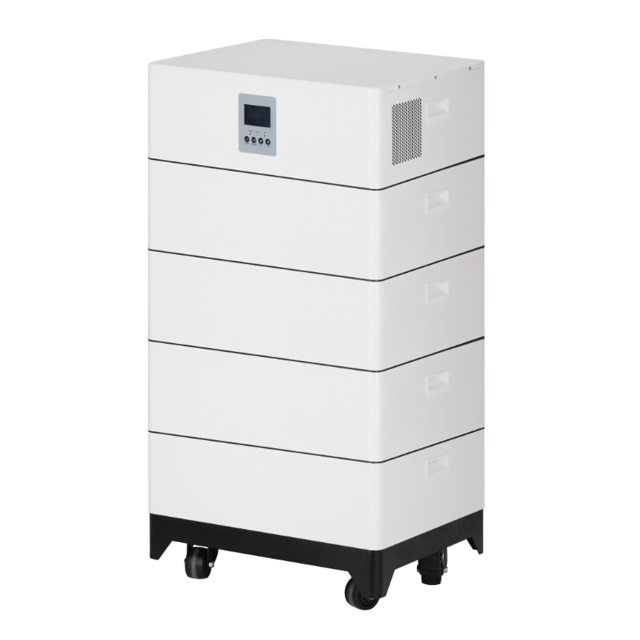Step Voltage Regulator Solutions for Southeast Asia: Empowering Grids and Enhancing Voltage Stability

Ⅰ. Southeast Asia Power Sector: Status and Demand Analysis
- Grid Weakness and Energy Access Challenges
- Over 35 million people in Southeast Asia still lack electricity access. Remote areas rely on diesel generators (e.g., Padua Village, Indonesia), experiencing unstable supply and high costs.
- Tropical climate leads to high line losses. Integration of photovoltaic (PV) systems and electric vehicles (EVs) exacerbates three-phase voltage imbalance issues in distribution grids.
- Demand for New Energy Integration
- Rapid growth of distributed PV (e.g., China added 120 GW distributed PV in 2024), but grid connection causes voltage fluctuations.
- Rise of industrial off-grid energy storage projects (e.g., Jinko 10MWh project), requiring voltage stabilization technology to ensure equipment safety.
- Infrastructure Bottlenecks
- High proportion of aging power equipment (over 50% in US/Europe exceeding 20 years old), creating an urgent need for efficient replacement solutions.
II. SVR (Voltage Regulator) Technical Solution Design
(A) Core Architecture: Intelligent Adaptive SVR System
Combines traditional step voltage regulation with digital control technology to achieve multi-scenario voltage stabilization.
- Hardware Configuration
- Main Control Unit: Uses dual-core DSP microcontrollers (e.g., TI Delfino series), supporting real-time voltage sampling and harmonic analysis.
- Power Module: Integrates IGBT/MOSFET switch banks, supports ±10% voltage adjustment range with 16-tap selection (0.75V step increments).
- Cooling System: Liquid cooling with temperature control (e.g., Jinko solution), battery cell temperature differential ≤ ±2.5°C.
- Software Algorithms
- Optimized LDC (Line Drop Compensation) Control: Detects three-phase imbalance via IT (Load Tap Changer) switching data, dynamically adjusting voltage regulation targets.
- AI Predictive Strategy: Forecasts PV output and EV charging peaks/valleys based on historical load and weather data, reducing tap-changer operation frequency by 30%.
(B) Southeast Asia Customization
- Environmental Adaptability
- IP65 protection rating, tolerance for high temperature (≤50°C), high humidity (≤95% RH), and salt spray corrosion (coastal areas).
- Lightning protection design: Integrated MOV surge arrestors, withstands 10kA lightning current.
- Dual Mode Support (Off-grid / Grid-connected)
- Off-grid Mode: Black start capability (e.g., Jinko PCS), supports diesel-PV-storage hybrid power supply.
- Grid-connected Mode: Harmonic mitigation (THDi ≤3%), reduces interference from PV inverters and EV chargers.
- Cost Optimization
- Modular Design: Single cabinet supports 0.4kV~22kV voltage levels, reducing expansion costs by 40%.
- Localized Supply Chain: Partners with Chinese manufacturers (e.g., BTR) to establish facilities in Indonesia/Thailand, reducing equipment costs by 25%.
III. Implementation Path and Benefits
(A) Phased Deployment Plan
|
Stage |
Primary Content |
Expected Outcome |
|
Pilot (1 Year) |
Indonesia/Thailand rural microgrid demonstration |
Cover 10 villages, power supply reliability ≥99% |
|
Scaling (2 Years) |
Urban industrial zone PV + EV charging station integration |
Reduce voltage non-compliance rate by 50% |
|
Expansion (3 Years) |
Cross-border grid interconnection (e.g., ASEAN Power Grid) |
Increase regional renewable energy integration capacity by 30% |
(B) Economic and Social Benefits
- Cost Reduction & Efficiency: After replacing diesel generators, fuel costs drop 90%, with investment payback period ≤5 years ($USD).
- Carbon Reduction Contribution: Single project annual carbon reduction exceeds 1000 tons (based on 10MWh PV + storage).
- Local Empowerment: Trains community O&M teams, creates jobs (e.g., BTR base in Indonesia).
IV. Representative Case: Indonesian Off-Grid Village Project
- Background: Padua Village, South Papua, Indonesia, previously reliant on diesel generator (no main grid within 50km).
- Solution:
- PV (50kW) + Storage (250kWh) + SVR voltage regulation system.
- SVR automatically balances voltage fluctuations for loads (school, clinic, residences).
- Outcome: Voltage compliance rate increased from 72% to 98%, average household electricity cost reduced by 40%.
V. Sustainability Assurance
- Technology Evolution: Reserved 5G/IoT interfaces for remote diagnostics and software upgrades.
- Policy Synergy: Links with ASEAN Just Energy Transition Partnership (JETP) Fund to reduce financing costs.













